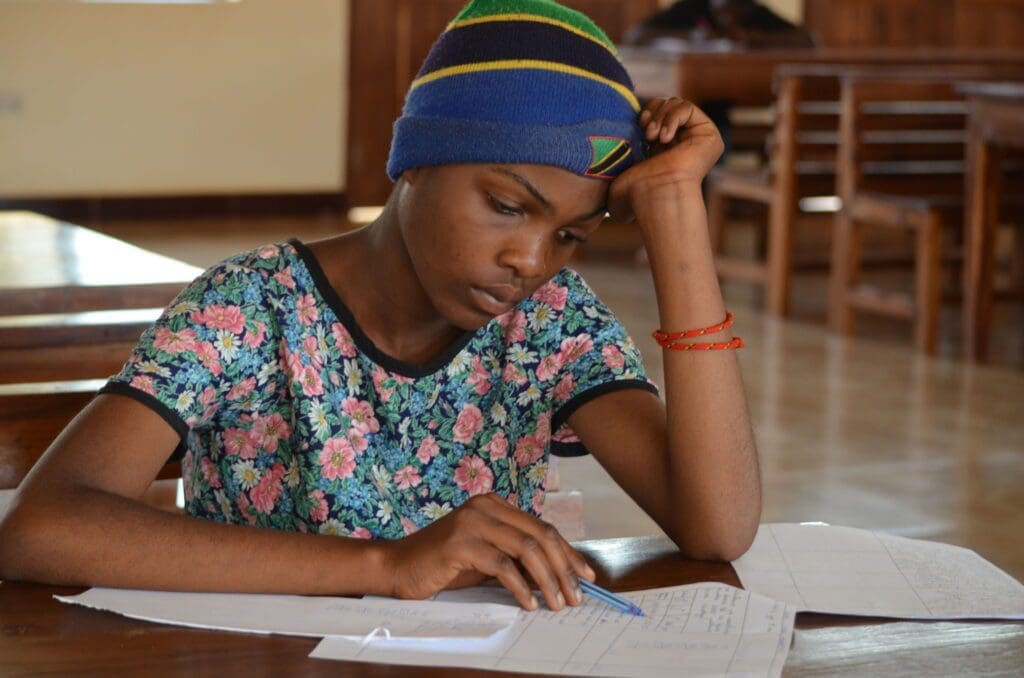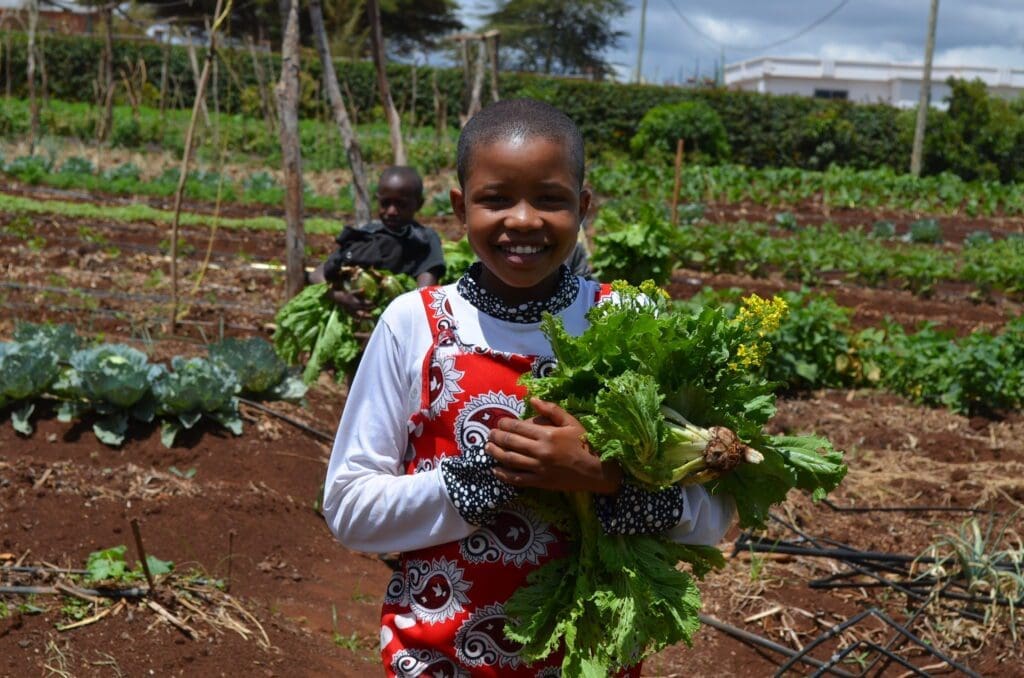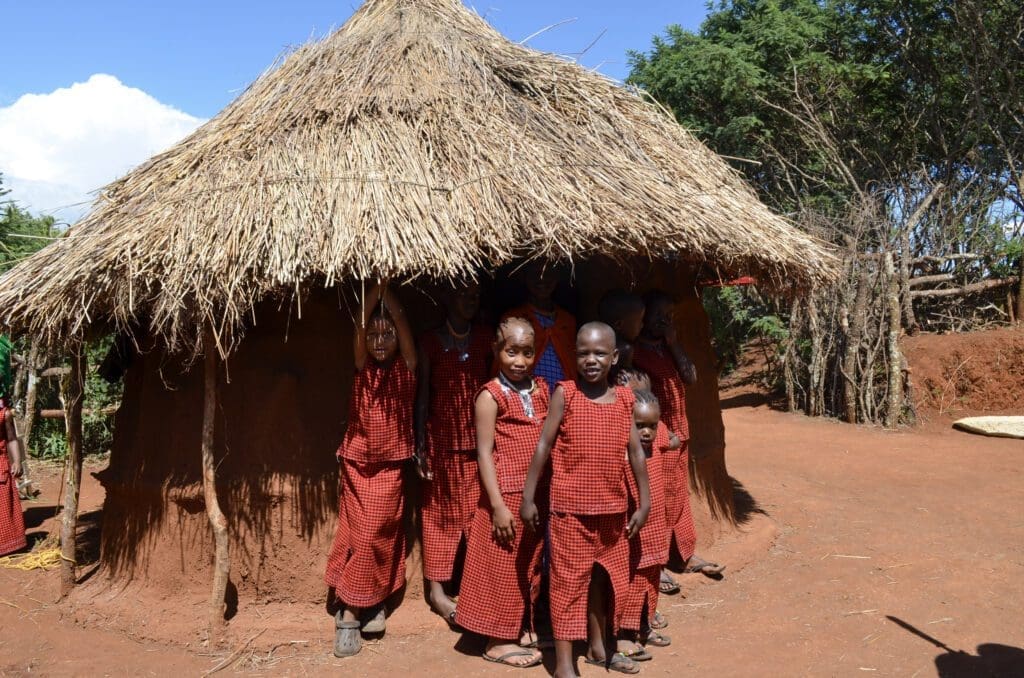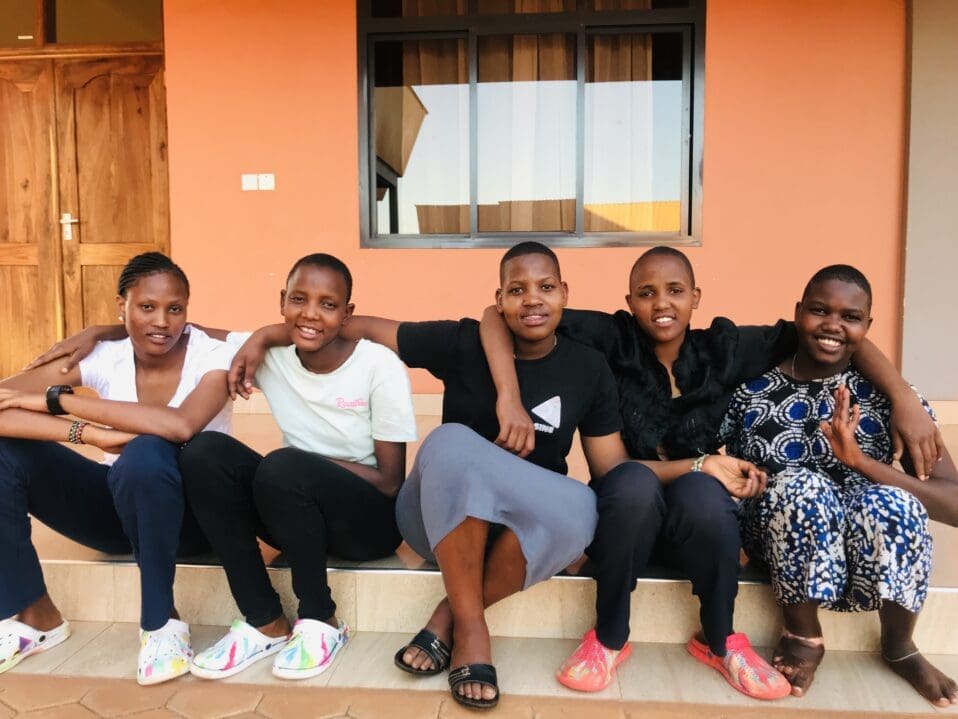The Maasai Girls Rescue Center (MGRC) is breaking barriers, exemplifying a transformative approach to sustainable charity in Karatu,Tanzania, focusing on empowering at-risk Maasai girls through education, vocational training, and community development. Founded by Rick Morro, MGRC has evolved from a single act of kindness into a 10-acre ecoVillage, providing a safe haven for over 70 girls and Tanzanian staff.
Understanding the Maasai community: Culture, Challenges, and Opportunities
The Maasai community is renowned for its rich cultural heritage and pastoral lifestyle. However, they face challenges such as limited access to education, especially for girls, health issues related to traditional practices, and economic marginalization. MGRC addresses these challenges by respecting Maasai traditions while promoting sustainable development. This includes leveraging their strong social cohesion and traditional knowledge of land and wildlife management to create community-led initiatives.
The power of education: Transforming lives of Maasai girls
Education is central to MGRC’s mission. By offering personalized education and vocational training, the center equips girls with the skills needed to succeed, breaking the cycle of poverty and empowering them to become community leaders. This holistic approach not only provides academic knowledge but also fosters emotional support and practical life skills, enabling girls to make informed decisions about their futures.

Sustainable strategies: A new approach to development in Africa
MGRC’s sustainable development model is characterized by:
- Local ownership: Empowering the community to drive change.
- Holistic approach: Addressing interconnected issues like poverty, education, and health.
- Long-term vision: Focusing on sustainable, long-term solutions.
- Capacity building: Investing in training and skill development.
- Partnerships: Collaborating with local organizations, government agencies, and NGOs.
This approach has led to the development of the Maasai ecoLodge, a for-profit organization designed to generate funds to cover the center’s daily costs and create a sustainable income. The ecoLodge offers guests an eco-friendly travel experience while supporting the center’s mission.
Breaking barriers case study: Successful sustainable charity projects in Maasai communities
MGRC’s initiatives include:
- MGRC ecoVillage: A self-sustaining community featuring homes, a multipurpose facility, a playground, and a sports field. The ecoVillage includes an ecofarm that provides food for the residents, promoting food security and self-reliance.
- Vocational training center: Offering practical skills in sustainable agriculture, craftsmanship, and entrepreneurship, enabling young Maasai to start businesses or find employment.
- Community health initiative: Training local women as community health workers to provide basic healthcare and education to remote villages, improving health outcomes and creating employment opportunities.

The role of local leadership in sustainable development
Engaging local leadership is crucial for MGRC’s success. House mothers and the culinary team play vital roles, ensuring the girls are well-nourished, cared for, and empowered. They provide emotional support, academic assistance, and practical life skills, guiding and inspiring the girls to reach their full potential.
Bridging traditional values and modern education for Maasai girls
MGRC balances modern education with the preservation of Maasai cultural heritage by:
- Culturally sensitive curriculum: Incorporating traditional knowledge and values alongside modern subjects.
- Mentorship programs: Pairing students with successful Maasai women who serve as role models.
- Community engagement: Hosting regular events and meetings to foster dialogue and celebrate achievements.
This approach has led to a growing acceptance of girls’ education within Maasai communities.

Measuring impact: Key indicators of sustainable aid in Africa
MGRC assesses its impact through indicators such as educational outcomes, economic empowerment, health metrics, community engagement, cultural preservation, environmental sustainability, and gender equality. Regular assessment allows for strategic adjustments and ensures meaningful progress toward their goals.
Challenges and solutions in implementing sustainable charity models
MGRC addresses challenges like resistance to change, limited resources, balancing short-term needs with long-term goals, and measuring intangible impacts by:
- Building trust: Engaging respected community members as advocates.
- Diversifying funding: Developing partnerships and exploring innovative funding models like social enterprises.
- Maintaining flexibility: Adjusting programs to address immediate crises while focusing on sustainability.
- Capturing qualitative data: Using storytelling and qualitative assessments to measure less quantifiable impacts.
The future of African aid: Empowering communities for long-term success
MGRC envisions a future where every Maasai girl has access to quality education, communities are economically self-sufficient, traditional culture and modern development coexist harmoniously, and local leaders drive their own development agendas. Continued collaboration, innovation, and commitment to long-term thinking are essential to achieving this vision.
Get involved
To support MGRC’s mission:
- Donate or volunteer: Visit Ways to Give to learn about donation options or volunteer opportunities.
- Spread the word: Share their story to raise awareness about sustainable charity models.
- Educate yourself: Learn more about sustainable development and the challenges facing communities like the Maasai.
- Advocate: Support policies and initiatives that promote sustainable development in Africa.
Together, we are breaking barriers, creating lasting change that empower communities across Africa to build brighter futures.


Post a comment